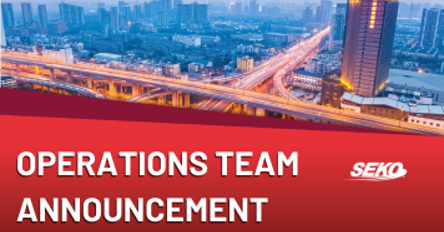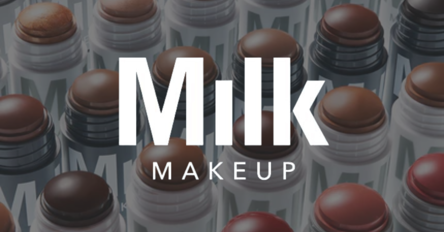
KNOWLEDGE, DELIVERED DIRECT TO YOUR INBOX
Stay informed with the latest trends, expert opinions and industry updates in global supply chain logistics.
Services
Learn how we can connect your supply chain end to end with our complete suite of solutions.
Find out MoreIndustries
Empowering sectors around the globe to use their supply chain as a competitive differentiator.
Find out MoreGlobal Network
Scale across borders with access to over 150 state-of-the-art hubs around the world.
FIND OUT MORE
ANY QUESTIONS, WE CAN HELP – HERE’S JUST A FEW WE RECEIVE REGULARLY
- What locations do you serve?
We empower you to scale into every core market, with 150+ offices and counting.
- Can you ship what I need to ship?
No matter how specialist or time-critical your request, we can handle it all.
- How much will it cost me?
No two shipments are the same, so inquire today for an exact quote.
Please complete the form below and we’ll be back in touch soon!









